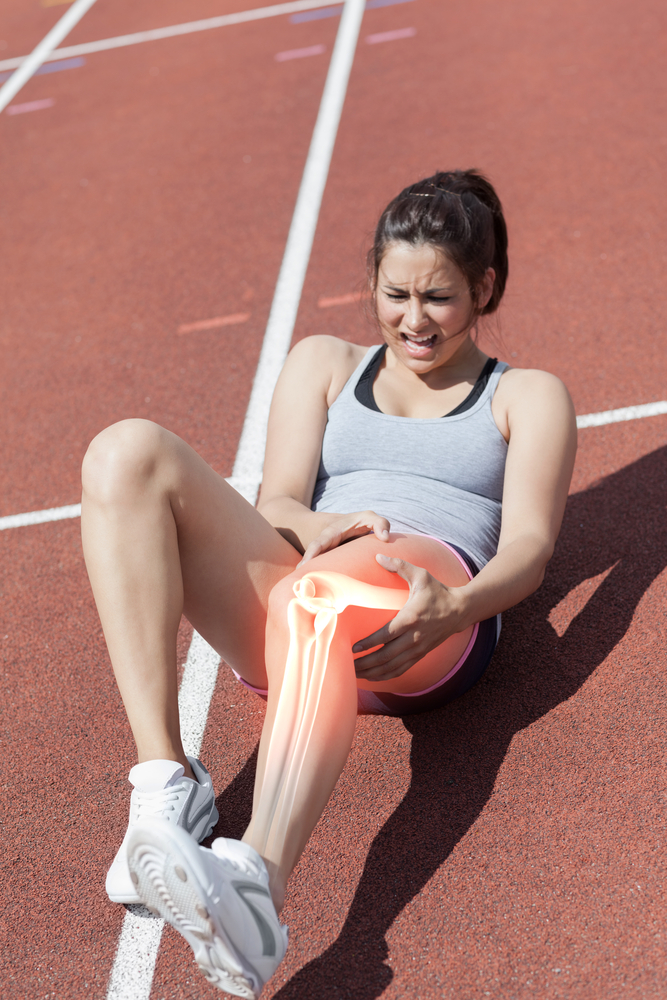
Let’s face it — working out puts a lot of stress on your body’s natural cooling systems. So does warmer weather. Put those two factors together, and you run the risk of seriously overheating — which carries a number of health risks, from mild to severe.
Key Dangers
When various components of your body’s cooling systems become overtaxed, the results can be unpredictable. Here are a few of the risks associated with overdoing your workout in hot weather, in order of increasing severity:
- Lightheadedness. “Heat syncope” can strike just after you stop running or biking. Fainting or feeling dizzy is a strong sign that you’re experiencing some kind of heat-related symptom.
- Muscle cramps. You probably already know that skipping water leads to spasming or
 pain in your muscles after exercise. But it’s easy to forget how much a hot day can increase the odds of those intense cramps — often before you’re even aware of feeling thirsty.
pain in your muscles after exercise. But it’s easy to forget how much a hot day can increase the odds of those intense cramps — often before you’re even aware of feeling thirsty. - Nausea, vomiting and related symptoms. Just one step below heat stroke, heat exhaustion comes with its own serious symptoms. You may notice that your skin feels clammy, and you may also begin to feel nauseous, or begin to vomit. Heat exhaustion can also cause sudden headaches and bouts of perspiration, and your body temperature can spike.
- Heatstroke symptoms. Heatstroke is the most serious stage of overheating. If your body temperature rises to 104 degrees Fahrenheit or higher, you may experience some of the other symptoms mentioned above, along with a pounding heart or skipped heart beats, mental confusion, irritability, severe fatigue and blurry vision. If not treated quickly, heatstroke can lead to permanent organ damage or even death.
Coping With Overheating After a Workout
If you or someone you’re exercising with develops even mild symptoms of heat exhaustion, it’s important to act fast to bring internal temperatures down. Of course, stopping activity and getting to as cool a place as possible (even if it’s just a shaded area) is the first task.
Have a sports drink or water immediately, and take off any sports equipment or outer layers you may have on. To bring that body temperature down quickly, the best thing to do is to spray yourself with cold water, or soak in cold water. When that’s not possible, place ice packs or cool compresses under the armpits and on the back of the neck.
If there’s no improvement within about 20 minutes, going to the emergency room is your best bet. There, medical professionals can properly take your temperature and monitor your status, as well give you intravenous fluids.
Keeping Cool
Obviously, it’s better to avoid overheating in the first place than to need to seek treatment for it. The most important thing is to avoid being active outdoors when there are heat alerts, especially in the middle of the day.
Whether you haven’t worked out for some time, or you’ve been exercising inside until now, it’s better to start gradually. That will give your body time to get used to exerting itself in higher temperatures.
Once you do get started, wearing sunscreen and loose clothing designed to wick away moisture will help your skin be as efficient as possible at cooling you off. A hat and sunglasses can also make a difference.
And, of course, never leave the house without plenty of water or a sports drink!

